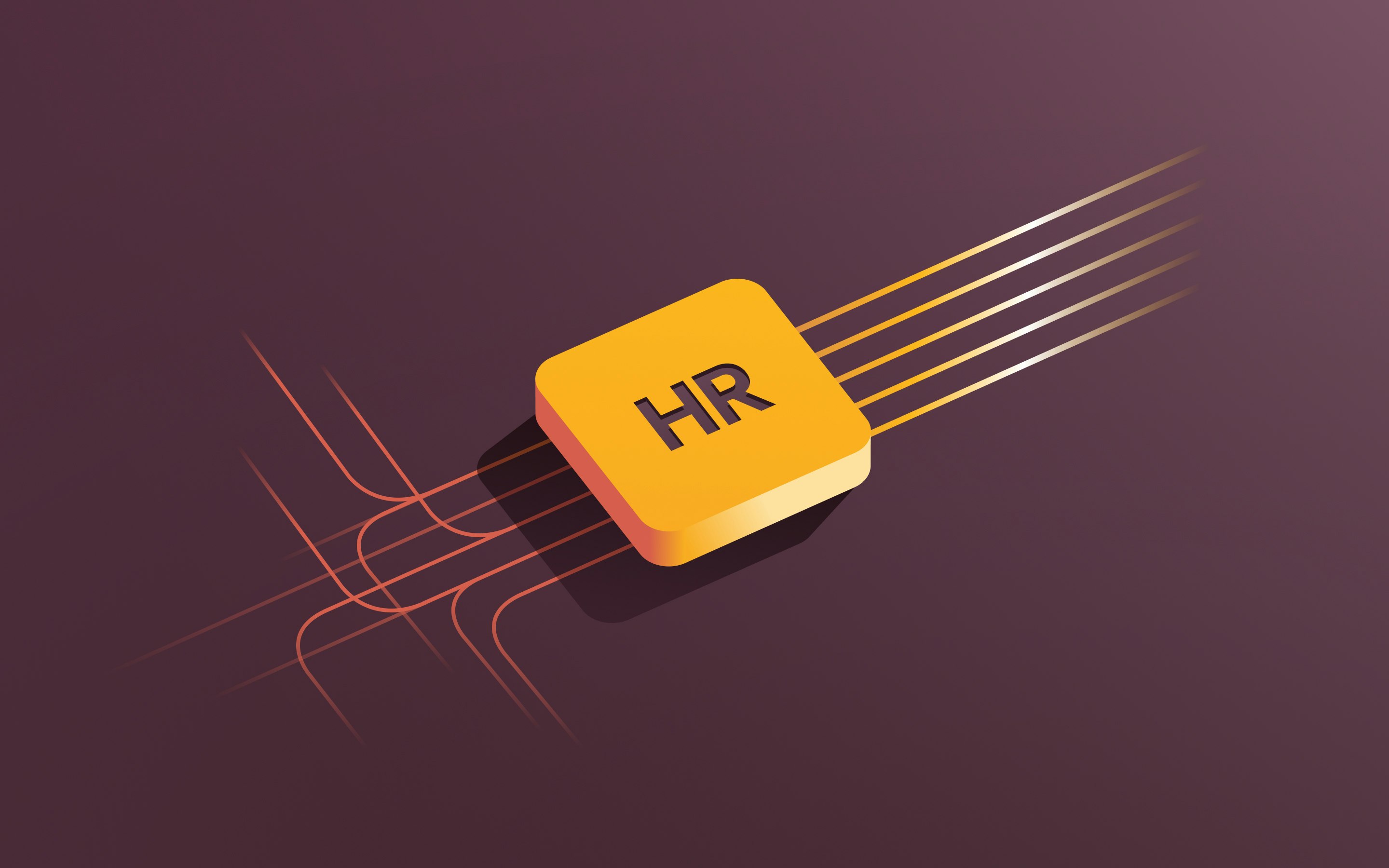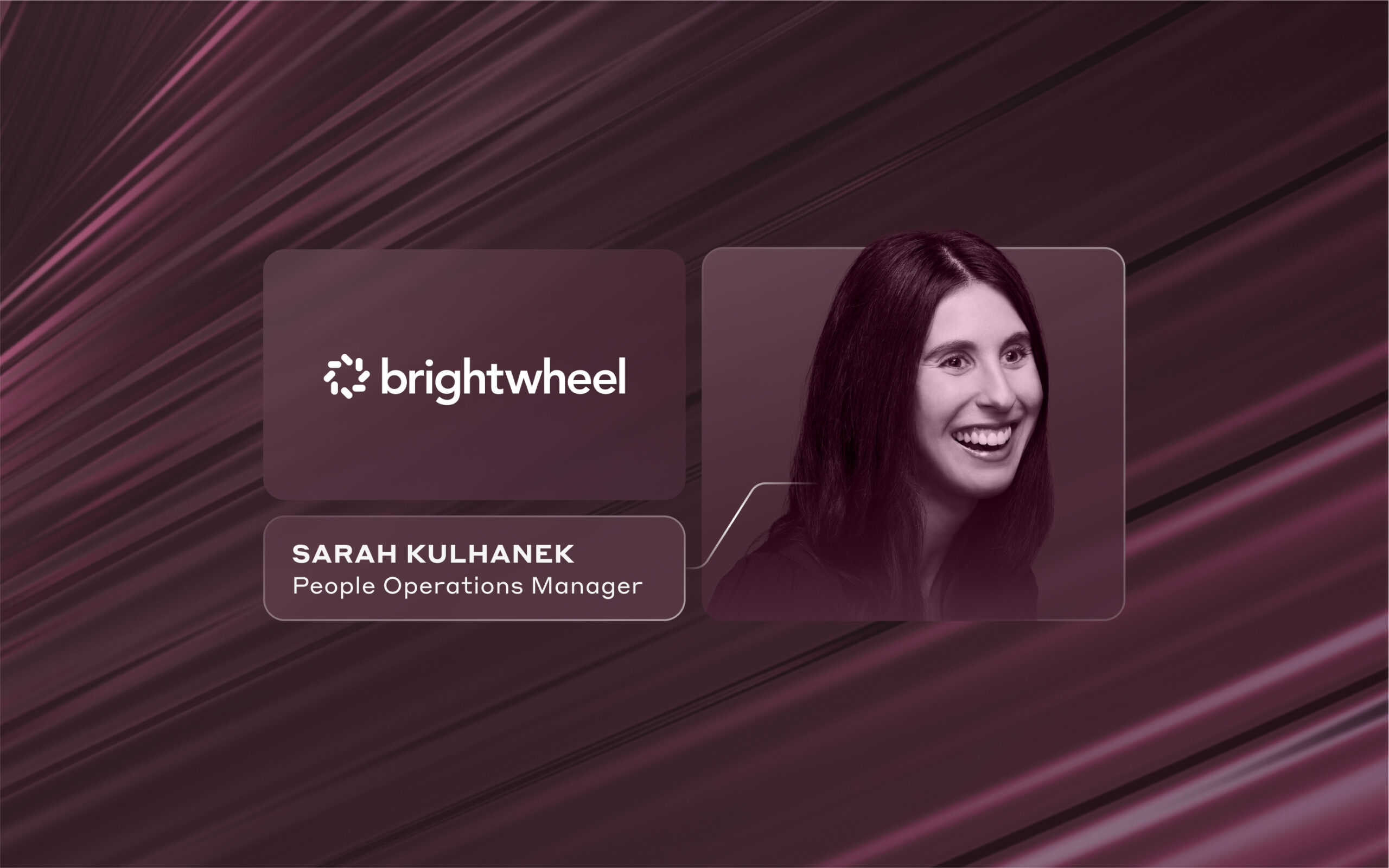Rippling + SHRM webinar recap: Talent effectiveness across the employee lifecycle

By 2030, 85 million jobs are projected to go unfilled, resulting in $8.5 trillion a year in unrealized revenue. Companies struggle to:
- Find employees: 82% of businesses don’t think they recruit highly talented people
- Manage employees: 81% of HR leaders say their performance management strategy is ineffective
- Keep employees: 40% of workers say they plan to leave in three to six months
To build a stellar workforce, HR teams need to become strategic partners with business leaders to focus on maximizing talent effectiveness across every stage of the employee lifecycle.
But how can you implement a talent program that supports your business as it scales? Rippling’s Senior HR Director Tahlia Spiegel and Platform & Data Lead Christine Schmidt joined Walker Advertising’s VP of People Kimberly Williams for a webinar on talent effectiveness, co-hosted by the Society of Human Resource Management (SHRM). Read the highlights in the post below and watch the recording for more details.
Demonstrating HR’s strategic value
To find, nurture, and retain top talent, businesses need to see their HR teams as strategic partners instead of administrative cost centers. Problem is, HR often gets bogged down with time-consuming manual work—like registering tax accounts and running payroll. Tahlia polled webinar attendees and found that 81% estimated their HR teams spend at least half their time on admin work.
The strategic work HR teams struggle to carve out time for is vital not only for business outcomes but for the perception of HR. As Kimberly put it: “The more admin work you do, the more you’re seen as an admin for the organization.”

It’s hard to change how your company views HR—but it’s wildly significant to be seen as that strategic partner at a deep level.
Kimberly Williams
VP of People at Walker Advertising
And despite all the paperwork that gets in the way, 70% of CEOs expect HR to play a leading role in company strategy. To pivot from low-impact operational work to strategic problem-solving, HR teams need to:
- Tie HR goals to business outcomes: Show executives how high-performing talent contributes to the bottom line
- Leverage HR tech stacks: Save time by setting up proactive, automated workflows that let you onboard new employees in a few clicks
- Maximize talent effectiveness: Focus on talent programs holistically across every stage of the employee life cycle—instead of in a vacuum
Talent is crucial, yet underinvested
Becoming a strategic partner means urging companies to invest more in talent which, in turn, can boost revenue.
According to a Gartner study of S&P 500 companies over 2020 amid the global pandemic, businesses that focused on cutting costs and investing in talent (like providing benefits and focusing on employee wellbeing) ended the turbulent year outperforming businesses that solely focused on cutting costs—while paving the way for more sustainable future growth.

Source: Gartner

Talent is the only thing your company has that can’t be copied.
Tahlia Spiegel
Senior Director of HR at Rippling
Yet companies still aren’t making strategic investments in their workforce. This is because HR challenges are often viewed in isolation from the rest of the employee lifecycle—like a single initiative to upskill frontline teams—when in reality, all the disparate parts of the employee experience are interconnected. Performance issues may be a symptom of a stale recruiting strategy, for instance. And retention may be an issue because you didn’t provide mentorship opportunities during onboarding.
If companies take holistic approaches across the different stages—recruiting, onboarding, management, and retention—they can cultivate a more talented workforce.
Here’s a look at some specific approaches across separate stages of the employee lifecycle.
1. Recruiting: How to build a faster, better hiring process
Competition for top talent is stiff. Hiring faster both lowers your hiring costs and shortens the time it takes to get employees in the door. “The worst thing that can happen to hiring managers is losing out on a great candidate because you were too slow, didn’t calibrate, and the candidate moved on to the next opportunity,” Christine said. So how do you rev up without sacrificing the quality of your hire?
- Sync finance, HR, and recruiting data: Understand headcount targets, look at attrition rates, and estimate how many hires recruiters can deliver based on past data
- Streamline administrative work: Identify your biggest blockers, then use software to automate workflows like scheduling interviews and generating offer letters
- Communicate: Candidates are more likely to engage with a good brand reputation. Avoid ghosting and be transparent about next steps.
“I don’t know why ghosting candidates is a thing. My most generous assumption is that it’s a reflection of either choppy operations or conflicting priorities,” said Christine.

I don’t think that companies that consistently ghost candidates are setting themselves up to win.
Christine Schmidt
Platform & Data GTM Lead at Rippling
2. Onboarding: How to enhance the employee experience as you scale
It’s hard enough quantifying whether onboarding a single employee is “successful.” Building an entire onboarding program equipped to hire en masse as your company scales demands even more work.
According to Tahlia, it’s a problem Rippling knows well. We revamped our onboarding program in 2023, which helped the company grow to 2,600 employees worldwide to support our customer base, expand into new markets, and build new products.

I don't think we could’ve overhauled our onboarding process without the help of a ton of automations.
Tahlia Spiegel
Senior Director of HR at Rippling
They allowed us to focus on a richer experience and provide deeper knowledge for our new hires to learn about us,” Tahlia explained.
If you’re looking to refine your own onboarding processes, first clock what isn’t working. Quick employee churn or a low initial performance rating may indicate something went wrong.
Next, collect surveys every 30, 60, or 90 days from both the new hire and manager to check for friction points and misalignment. Three important areas to survey are:
- Expectations: Did the candidate get an accurate explanation of the role during recruiting? Did managers explain what a good job looks like?
- Training: Ask about both practical training (e.g., how to use GitHub), culture training (e.g., email vs. Slack etiquette), and mentorship resources
- Enablement: Ensure employees have the right tools for their job—like login credentials to accounts and staff handbook access—before expecting them to be titans of productivity
These surveys, along with conversations with newly onboarded employees and managers, will reveal where companies can refine their strategy.
“What I've observed, especially in fast-growing organizations: you fix one thing and there'll be a new opportunity the next day,” Christine said.
3. Managing performance: How to train effective leaders
According to a Gartner survey, leader and manager development is the biggest priority for HR leaders in 2024. While there’s no one-size-fits-all approach for identifying a good manager, the costs of a bad one are devastating: Employees disengage and want to quit, costing the global economy $7 trillion annually (per a Gallup study).
“You don’t quit your job, you quit your manager,” Christine said. So how can companies develop effective bosses? Consider building out a program with these three buckets.
- Manager training: Companies often promote standout individual contributors into management positions without explaining what’s different about the role. Implement practical training programs that help you measure success.
- Specific skills training: Templates, talk tracks, and opportunities to practice are helpful intervention techniques when a manager is struggling or doesn’t know how to have a career conversation
- Leadership development: Gauge whether company leaders set managers up for success. They should know the downstream impact of their decisions (like workload expectations) and make thoughtful staffing choices.

One of the most common reasons I’ve seen an employee leave an organization is a lack of career development.
Christine Schmidt
Platform & Data GTM Lead at Rippling
Christine continued, “I find this interesting because at its core, manager effectiveness is about setting career expectations. A data point I like is to specifically ask employees, ‘Is my manager helping me develop?’”
While measuring manager effectiveness isn’t always straightforward, HR teams can follow direct signals from performance or pulse surveys, or indirect signals if they notice employees aren’t showing any career growth. If teams are working long hours or not taking vacation, they may need more staffing support.
4. Retaining talent: How to protect and empower your workforce
You can’t maximize talent effectiveness if your workforce has a revolving door of disaffected employees who burn out after quick stints. Replacing an employee often costs double their salary; prematurely losing stellar talent can be a huge blow to both workplace productivity and company culture. But your best employees—always eager to take on more work—may also be the most susceptible to burnout. So how can HR teams ward off excessive churn?
For one, Kimberly advises monitoring “brilliant jerks,” employees with positive reviews from supervisors and negative reviews from peers. If HR teams notice workers who meet performance benchmarks but mistreat their colleagues, they can alert company leaders that such employees may make the greater workforce less productive.
Christine advises HR teams to assess burnout by looking at survey data from employees who left the company, taking note of why they moved on. Surveys can also reveal how many hours employees worked and whether they did most of their deep work at night because they were stuck in meetings during the workday. You can also see whether employees are taking PTO. If not, consider implementing “team PTO” days where everyone can enjoy a day off without fear of an overflowing inbox once they log back in.
Christine also said HR teams should be a conduit for managers, notifying them of burnout signs and trends to look out for. “HR teams should be thought leaders and surface some of these metrics in a more automatic way to managers and leaders so that they're equipped to monitor it for themselves,” Christine said.
Leveraging employee data
While data is crucial to unlocking your employees’ talent, BCG found that only 30% of HR professionals use analytics to anticipate HR issues. If you can’t anticipate, you’ll be reactive instead of strategic.
While lean HR teams can’t always hire dedicated data scientists to unpack HR trends, they can:
- Look at HR systems: See if they’re freeing up time on manual work so you can focus on the bigger picture
- Establish metrics: Use the data you do have to monitor your company’s talent effectiveness across the employee lifecycle, aspiring to fill in gaps
- Cite data with executive leaders: Even if you don’t have much to start with, qualitative data is still data
And remember that you’re looking at data to inform action plans that will nurture talent and drive your business forward.
Watch the on-demand webinar or read our talent effectiveness ebook to learn how to use your own data to recruit top talent, uplevel managers, and get ahead of employee turnover.
Disclaimer: Rippling and its affiliates do not provide tax, accounting, or legal advice. This material has been prepared for informational purposes only, and is not intended to provide or be relied on for tax, accounting, or legal advice. You should consult your own tax, accounting, and legal advisors before engaging in any related activities or transactions.









